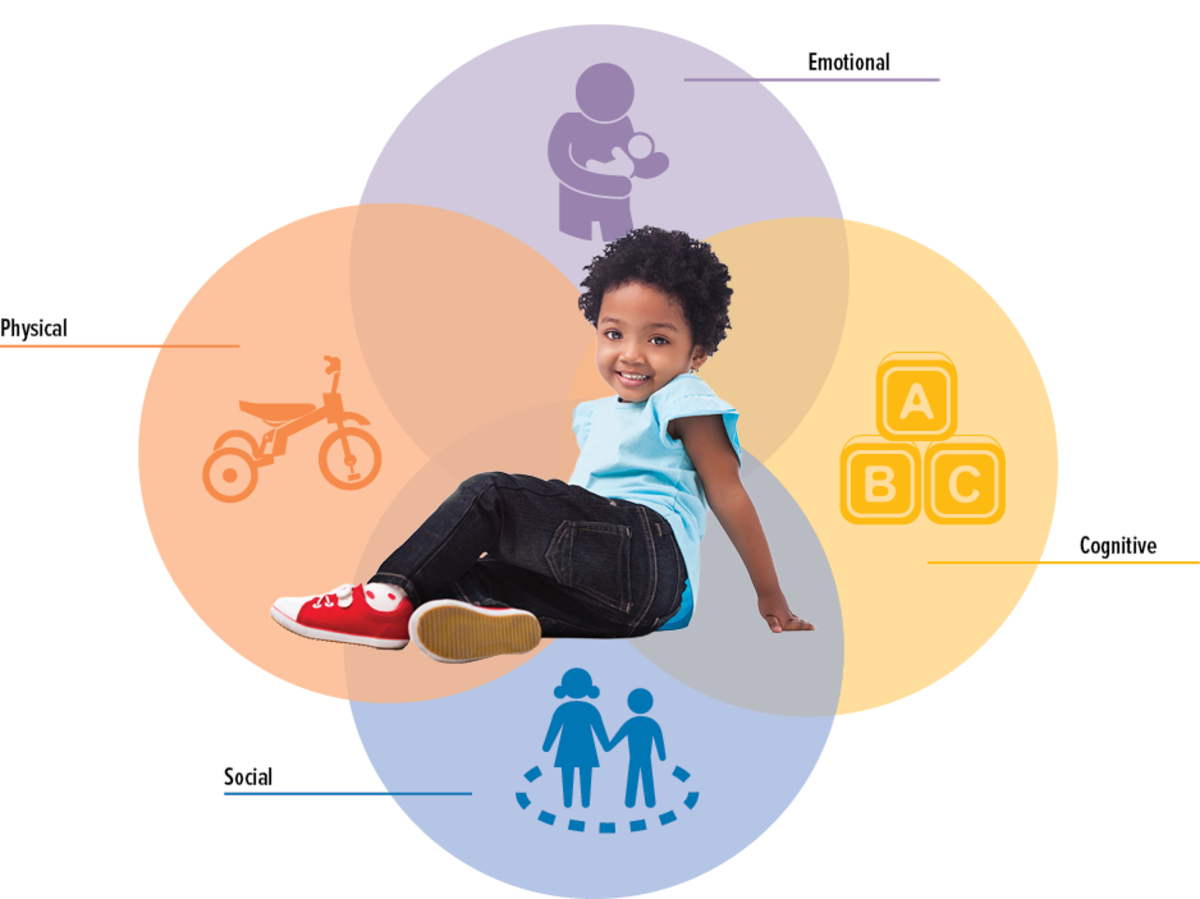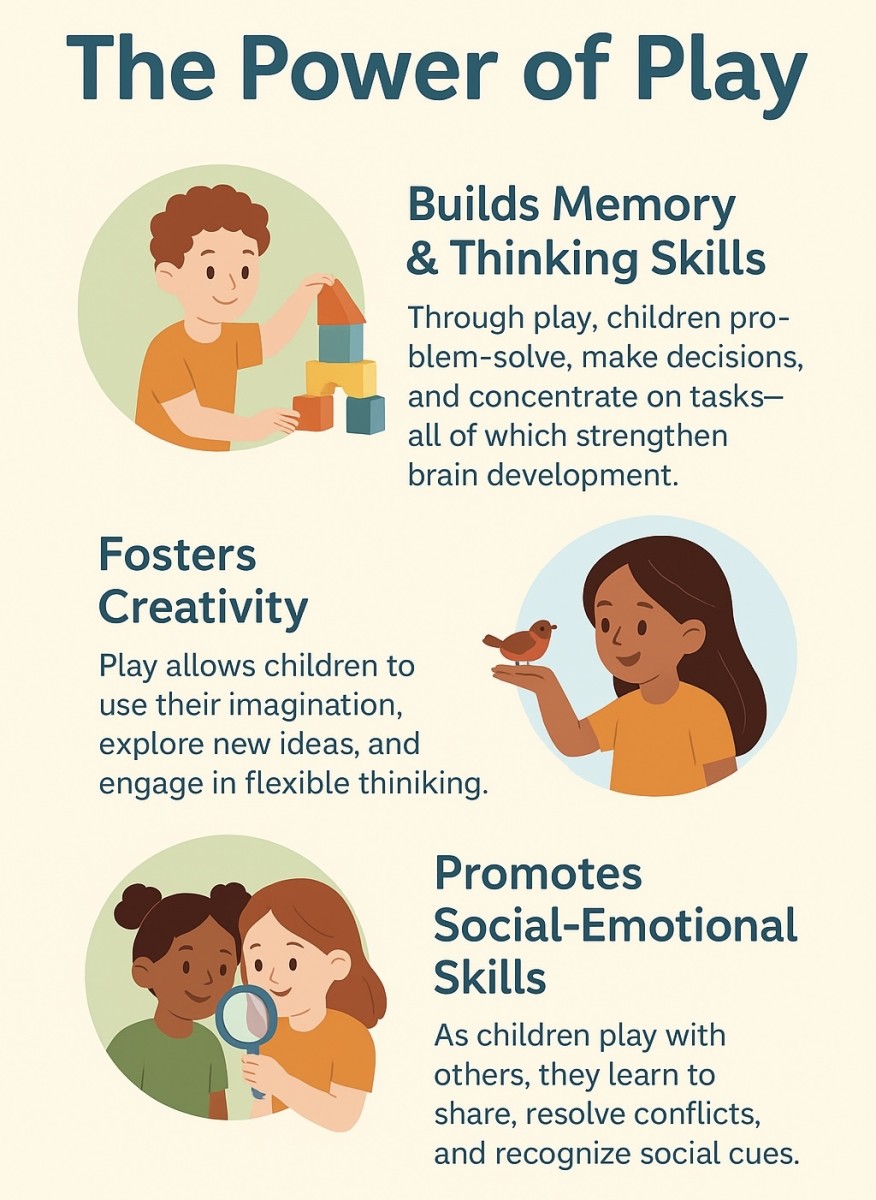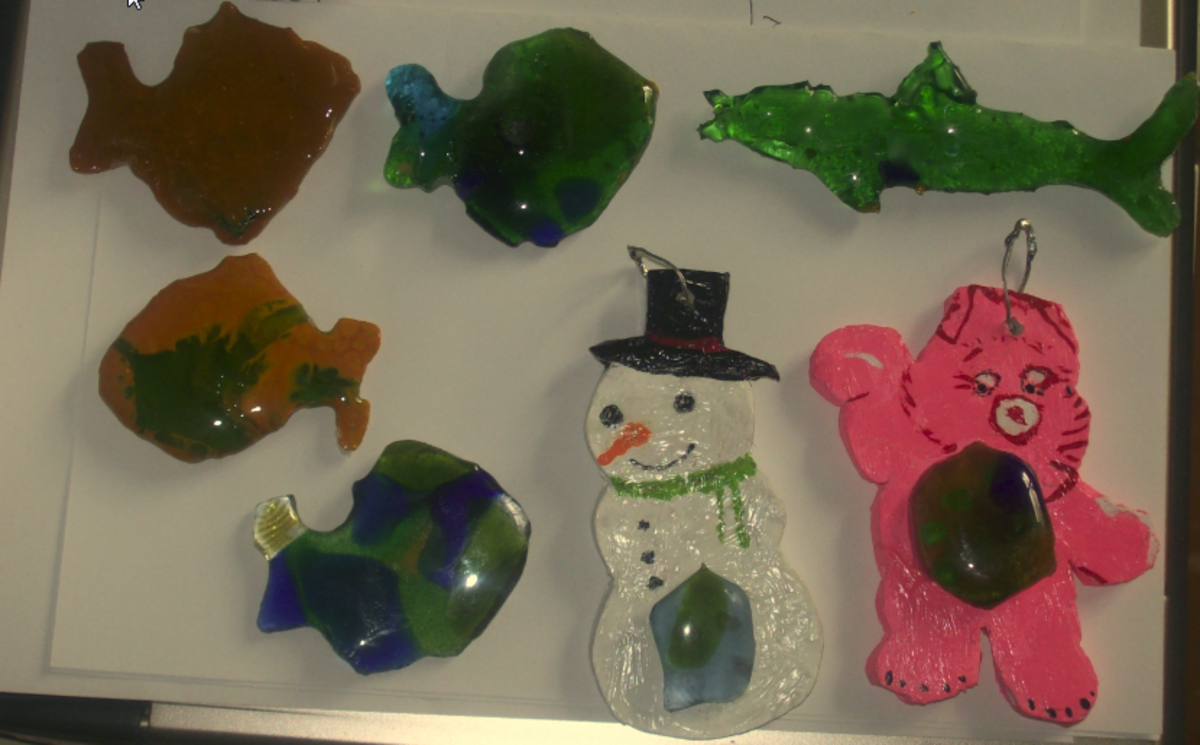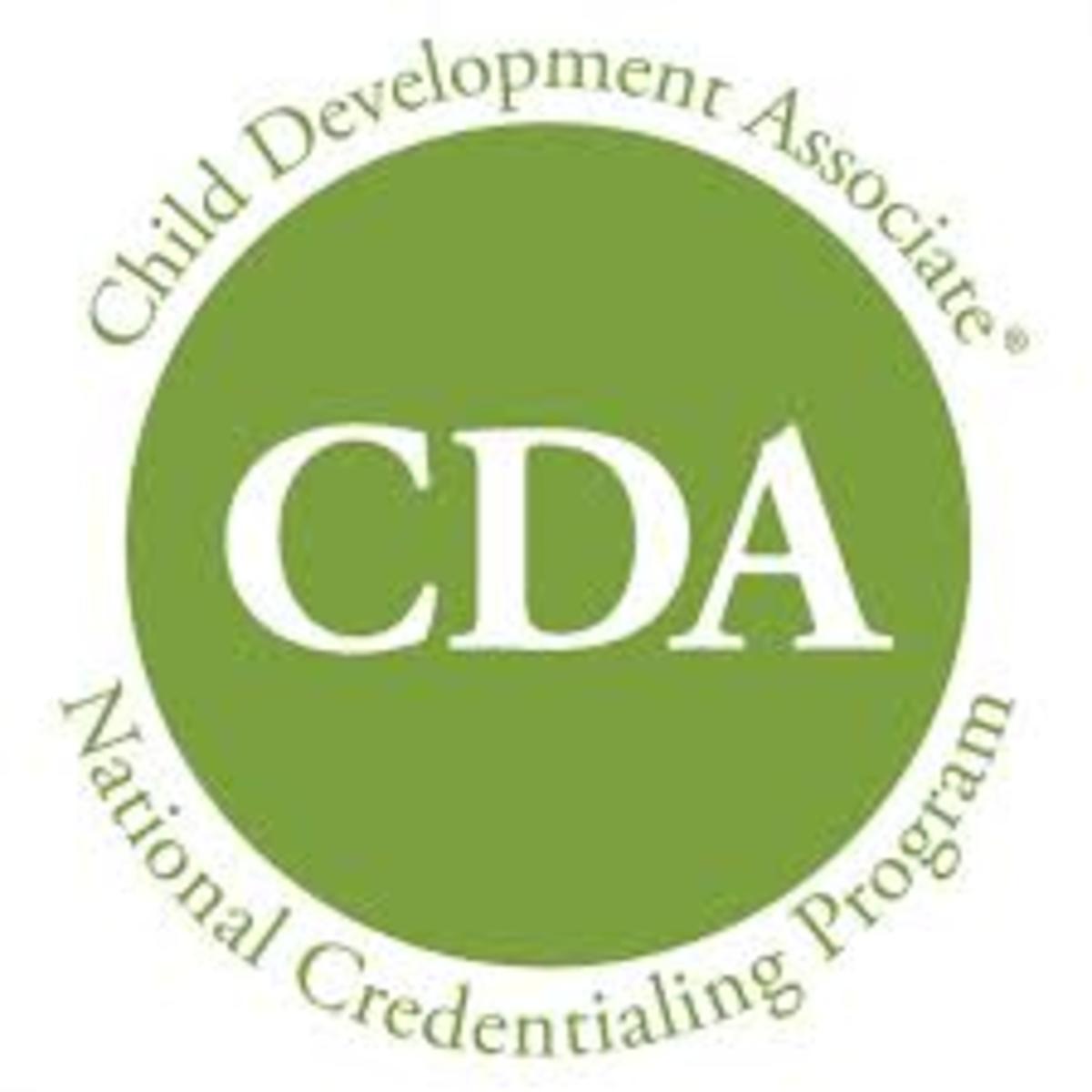- HubPages»
- Family and Parenting»
- Kids»
- Children's Growth & Development
Raising a Creative Child
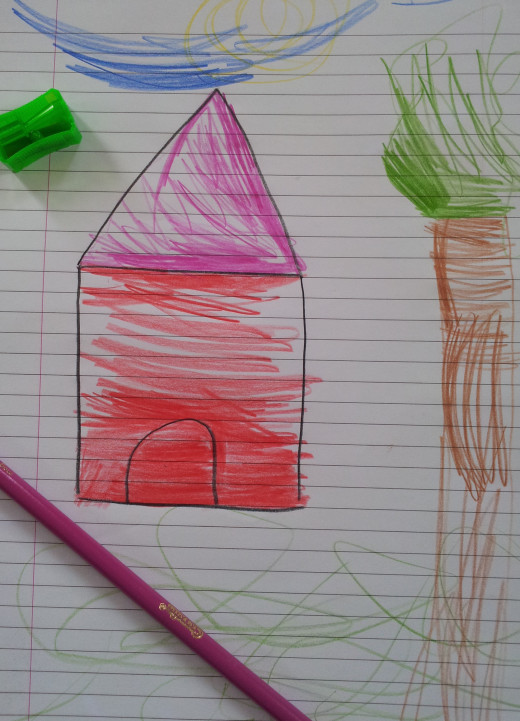
Raising a creative child, raising all of society!
A few years ago, I took my then three-year-old granddaughter to a story time program at our local library. At the end of each session, the children were given a small art project that related to the day’s theme. As I stood behind my granddaughter and listened to the other parents and caregivers praising and encouraging the children, I was struck by one young mother who stood next to me. It took every ounce of strength I could muster not to challenge the woman as she repeatedly scolded her preschooler for coloring out of the lines and for using green to color her picture of a pumpkin. Really? I thought everyone understood, especially 21st century parents, that children need the freedom to create and express themselves and the encouragement to know their efforts are valued. I shudder to think what her mother’s disapproval of her early creative efforts will do to this little girl going forward and wish I had said something at the time.
I began to wonder how other children were fairing with parents and a 'think inside the box' education system might be doing to the creativity of today's children.
University of Minnesota professor and Pulitzer Prize nominated author, Dr. George Land, designed a creativity test which was administered to 1,600 five-year-olds. The test revealed 98% of the children scored at the "creative genius" level.
The same group were tested 5 years later, then 10 years later and found by age 10, only 30% of the children scored at the same level, and at 15, only 12% were considered creative geniuses.
Can we please stop this madness?
When a child’s creativity is regularly and consistently encourage, and when we expose them to new ideas, new textures, new tastes, and new experiences, we are broadening their world.
Below I’ve included a number of tips on how to raise a creative child. In no way do I profess to be an expert in this subject beyond having raised three creative children.
PLAY TIME
In recent years, it has become apparent that today’s children reside in over-structured and overscheduled worlds. Children need unstructured time to imagine, build, experiment, and explore.
Think back to when you were a kid and had chunks of the day to be a kid—playing with dolls, or trucks, or siblings and making up games, songs, and stories. My favourite memories are of playing “house” with my two sisters and brother. At the outset of every game we would each claim the role in the family we wished to play—now as an adult, I would call it exploring.
Before anyone could shout out their choice, mine was already decided and declared. I wanted to be the baby. In real life, I was the oldest and the responsibilities of walking my siblings to school (can you imagine asking a first grader to take her kindergarten sister to school), keeping track of them when we played outside (alone of course, because what 60s or 70s parent stationed their plastic chair at the end of the driveway so they could watch their kids played outside?), and even babysitting them when I hit the ripe old age of 12, weighed on me. I saw being the baby in our game as freeing and craved the hour we played “house” to provide that weightless freedom.
So set up a costume box. Make blocks, and straws, and sticks, and balls available to play and build with—open-ended toys that don’t require batteries. Let them build a fort with blankets and the dining room chairs.
STORYTIME
The benefits of reading to a child from infancy onward are strongly supported in study after study. Not only will reading help a child with their literacy skills, but it is an infinitely valuable activity that can bring wonder and adventure into a child’s life. Being a writer, the magic of books has always been important to me. Recently, a fellow writer shared her story of reading with her father. Every Saturday her dad, who sat in an armchair with her seated next to him, asked his daughter to read the headlines in the newspaper. Eventually, she would land on an article that interested both of them and would read it aloud to him. To her the experience went well beyond learning to read or understanding current events, but was about the beauty and connection those words created between a young girl and her father. Is it any wonder she grew up to be a writer?
ART TIME
When I was pregnant with each of my children, I tried to set aside quiet time in the evening to listen to music, usually classical music. I even placed a headset over my belly when I was pregnant with my youngest child, hoping to give him the most intimate musical experience. Guess what, that son is not only musical, but is now a working musician.
Beyond music, expose the visual art, literature, drama, gardening and cooking to children from an early age. This holiday season, my intention is to give my daughter, daughters-in-law and granddaughter tickets to see The Nutcracker with me. Seeing her womenfolk together in such a creatively charged environment is sure to leave a lasting impression on my five-year-old grandchild.
GAME TIME
I had my three children within four years and at the same time looked after my niece (the same age as my daughter) whose family lived in our basement apartment. Rarely did a month go by when someone didn’t need to visit the doctor or dentist. Our favorite waiting room game was to grab a magazine, find a picture and come up with a story based on the picture.
As we worked out the narrative of our story, I asked the children to use their five senses to help expand and enrich the tale. Questions like what time of day was it, what smells could they identify, what was the tone and/or mood of the people in the story encouraged them to use their imagination.
When listening to music in the car, I asked them to identify the instrument behind the vocals. “Do you hear the drums? Now the violins? Was that a harmonica?”
OUTSIDE TIME
Have outdoor treasure hunts, maybe just for fun, or maybe for an art project you will create together once back indoors.
Bring a bowl of soapy water outside to entertain a child for long stretches of time. My granddaughter’s favourite game is to make what she calls puppy soup. Twigs, acorns, blades of grass, leaves, flowers, and a healthy dose of imagination have resulted in the best looking puppy soup you could ever imagine.
FREE TIME
Let children create their own music. It’s loud and it’s annoying and it’s creative. Teach your child consideration by setting a designated practice time that works for the whole family (and your neighbours), but let them practice.
Let your child help you cook a meal, sit at the dining room table with the good china, and pick the music that will accompany the family’s meal. Some of the best memories I have are of times spent with my children where we ended up dancing to the 50s music or a country song following these meals.
Give your child an opportunity to create without hovering over them. Let them create and show you the end result afterward.
MESSY TIME
Don’t worry about the mess. Art projects that involve paint, or glue, or (heaven help me) glitter are messy. That’s okay. Make a shared clean-up time part of the experience.
MISTAKE TIME
Let children make mistakes, and don’t worry if they see your creative efforts fail. Our failures are teaching moments, not times to grab up your ball and leave the game. Teach your child failure is part of life and not a reflection on them as individuals. Children who are afraid of failure are less likely to be creative.
Giving a child room to create, offering examples and experiences where they are exposed to the arts, along with gardening and cooking, will not only help them to appreciate the world around them, but will also develop strong, creative problem solving skills.

